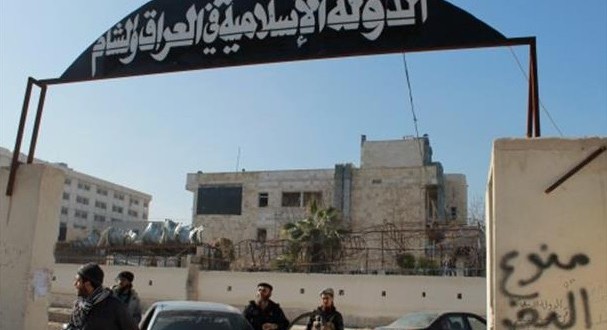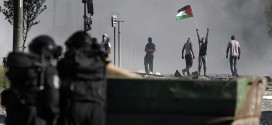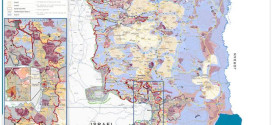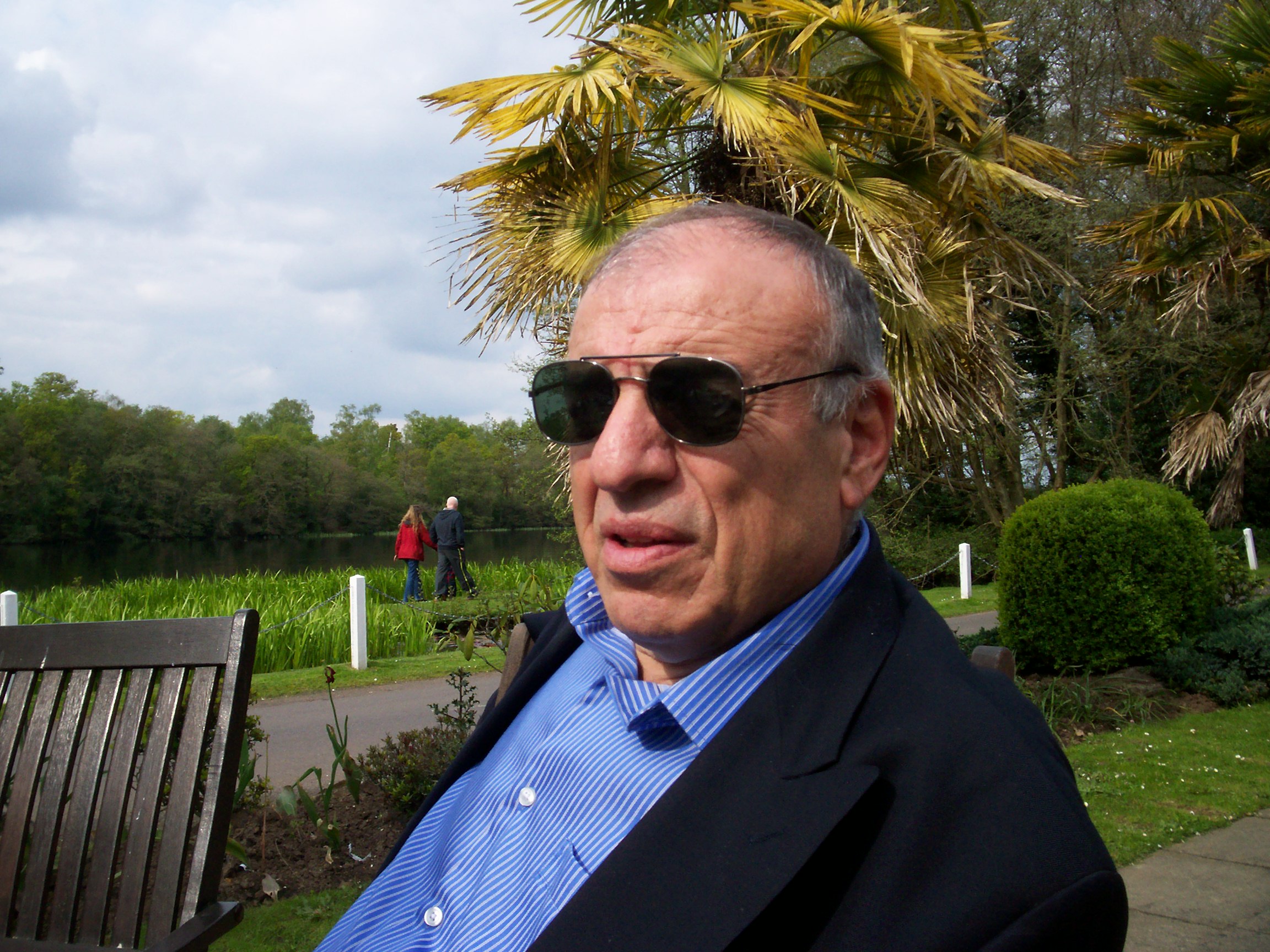The Evidence:
In a response to Al Qaeda Emir Ayman al Zawahiri’s latest attempt at reconciliation with the Islamic State of Iraq and the Sham, ISIS spokesman Abu Muhammad Al Adnani made a startling admission: Al Qaeda has ordered its fighters and branches to refrain from attacking the Iranian state in order to preserve the terror group’s network in the country. (Long War Journal May 2014)
ISIS was established on April 8, 2013, when its subsidiary organization, Jabhat Al Nusra, merged with the Islamic State of Iraq (ISI), which itself was a successor to Al-Qaeda in Iraq.
The organization’s leader is Abu Bakr al-Baghdadi, who recently announced the Islamic Caliphate. The group announced on 30th June that it was now called the “Islamic State”. An official document was also released, in English and several other languages.
According to the statement, the new caliphate stretches from Iraq’s Diyala province to Syria’s Aleppo. “The words “Iraq” and “ Levant” have been removed from the name of the Islamic State in official papers and documents.”
Many believe that this an Iranian inspired step to frighten the West that Bashar Al Assad regime is the only bulwark against the new Islamic bugaboo. ISIS clashed with its former Al-Qaeda branch, already active in Syria, Jabhat Al-Nusra or Al-Nusra Front headed by Abu Mohammad Al Golani.
The clash between ISIS and Al-Nusra sparked accusations that the former was nothing but a means for the Syrian Military Intelligence Directorate, along with the Iranians, to plant agents of the Assad regime and of Iran within the Syrian opposition, thereby spreading confusion in its ranks and diverting it from the fight against Assad into internecine struggle, according to a report published by the Jerusalem Centre for Public Affairs in June 2014.
During the invasion of Iraq, Syria would send Al-Qaeda operatives to Iraq to attack US forces. Syrian intelligence in full coordination with Iran recruited the Al Qaeda terrorists to infiltrate the ranks of the Salafis now fighting in Syria. Once free, they broke into Iraqi prisons to liberate their comrades, thereby creating the basis for expanding ISIS.
Iran’s Motivation and Collusion:
What would Iran’s motivation be to support a Sunni jihadist organizations like ISIS? In Syria, ISIS has forced the West to choose between the regime of Bashar al-Assad or a terrorist outfit. Given that choice, it was assumed that the West would back Assad, as did the Russians and the Chinese.
Cynically Iran is exploiting the Western fear of terrorism to make common cause with the West against ISIS.
But ample evidence exists to prove Iran’s collusion with Al Qaeda. The 9/11 Commission Report, had already established that Iran even “facilitated the transit of Al-Qaeda members into and out of Afghanistan before 9/11, including future hijackers. Iran, according to the report, wished to conceal any past evidence of its cooperation with Sunni terrorists’ association with Al-Qaeda,” but these connections continued.
ISIS suddenly emerged in Syria, at a time when the collapse of Assad’s regime seemed imminent. The emergence of ISIS saved the Syrian regime by threatening the world with an alternative terrorist regime would replace Assad’s.
The same scenario happened in Iraq. Nouri al-Maliki, who is an Iranian puppet as most Iraqis believe, was about to lose his position as Prime Minister, especially that Sunni, Shi’ite and Kurds leaders unanimously refused to renew his term. Suddenly again, ISIS emerged. The ISIS connection with the Syrian leadership, and hence with Iran, raises serious questions. It was recently noted that President Assad released ISIS operatives from his prisons and for the most part left it alone, sparing it from attacks by the Syrian army. Two leading American analysts just wrote in the Washington Post, “The non-jihadist Syrian opposition insists that ISIS is a creation of Iran.”
David Butter, a leading expert on Syria and an associate fellow at think-tank Chatham House, told Channel 4 News recently that the links between ISIS and Syrian intelligence date back to the aftermath of the Iraq war of 2003.
“The leaders of ISIS have already worked hand in glove with Syrian intelligence, whether supplying them with weapons or supplying money flowing from their racketeering activities around Mosul. “Assad has a long history of supporting terrorist groups and activity in the region. There have been pictures of ISIS flags on buildings that have escaped shelling and reports of supposed collusion on oil and gas deals”.
When ISIS was formed in April last year, Syrian activists claimed it served the interests of President Bashar Al-Assad and his main ally, Tehran. A report in the Economist magazine 21st June 14 explained how ISIS was less interested in toppling the Assad’s regime than fighting other groups. ISIS has been criticized for its attacks on civilians and rival opposition groups. It has never targeted Al Assad’s regime and not a single barrel bombs has been dropped by the regime on ISIS.
More and more evidence of Iran’s links with Al Qaeda:
While Muslim-majority countries from Afghanistan to Morocco have had their share of bloody Al-Qaeda violence over the past decade, Iran has remained largely unscathed. It is no secret that Al-Qaeda has had “long established relations with Iran”. Even the former Al-Qaeda leader in Iraq Abu Musab Al-Zarqawi, who was killed in June 2006 in a special U.S. airstrike, was treated by Iran’s Revolutionary Guards of wounds he sustained during fights in Iraq.
The Iranian regime’s relationship with Al-Qaeda is not new
In a 2011 decision, a Washington, D.C., district court ruled that Iran had provided Al-Qaeda with material aid and support to carry out the Nairobi and Dar Es Salaam bombings in 1998.
After the fall of the Taliban, hundreds of Al-Qaeda elements fled Afghanistan and sought refuge in Iran.
Iran sought to extend its influence to Islamist organisations that follow the takfiri ideology and which had pledged allegiance to Al-Qaeda, so it began the process of attracting, co-operating with and training these elements within its territory, and providing them with funds and equipment.
Among them were Yassin al-Suri, who is accused of financing terrorism, Mohsen Al-Fadhli, Al-Qaeda‘s leader in Iran, and his Saudi deputy Adel Radi Saqr al-Harbi.
A CNN report in March 2013 by Peter Bergen focused the spot-light on top Al Qaeda members who ended up living in Iran. Among them Sulaiman Abu Ghaith, Osama bin Laden’s son-in-law.
According to U.S. documents and officials, in addition to Abu Ghaith, other of bin Laden’s inner circle who ended up in Iran include the formidable military commander of Al Qaeda, Saif Al-Adel, a former Egyptian Special Forces officer who had fought against the Soviets in Afghanistan, as well as Saad bin Laden, one of the Al Qaeda’s leader older sons who has played some kind of leadership role in the group. Meanwhile, U.S. intelligence learned that some Al Qaeda operatives were living in the northern Iranian town of Chalus, on the Caspian Sea.
From his Iranian refuge Saif al-Adel authorized Al-Qaeda‘s branch in Saudi Arabia to launch a series of terrorist attacks in the Saudi kingdom that began in the capital Riyadh in May 2003, a campaign that killed scores of Saudis and expatriates.
The fact that leading members of Al Qaeda were based in Iran from 2002 onward was known to the U.S. government at the time.
In a letter that Bin Laden wrote just five days before he died he described a document from his son Saad who had lived in Iran for years which exposes the truth of the Iranian regime. It is obvious that Bin Laden and his men were quite distrustful of the Iranian regime, wrote Peter Bergen.
A letter to Bin Laden from his chief of staff dated 11 June 2009 has a detailed account about a group of “mid-level” Al Qaeda members who the Iranians had recently released, including three Egyptians, a Yemeni, an Iraqi and a Libyan. IN Feb 2014 The Lebanese Daily Star reported that the Obama administration charged that Tehran is assisting Al-Qaeda operatives based in Iran to transfer Sunni fighters to Syria.
The accusation, detailed in new sanctions imposed by the U.S. Treasury Department targeting Iranian terror links, suggests Iranian officials are backing opposing sides in the Syrian civil war. The Treasury has information about Al Qaeda men in Iran who assisted extremists and operatives transiting Iran on their way into and out of Pakistan and Afghanistan.”
The name of a Mr. Sadikov, came up, he is also known as Jafar al-Uzbeki and Jafar Muidinov, serves as a “key extremist smuggler based in Mashhad, Iran, near the country’s border with Afghanistan, and has provided visas and passports to numerous foreign fighters, including Al-Qaeda recruits, to facilitate their travel,” the Treasury said, adding that “he assisted According to the Treasury statement, Uzbeki has also provided funding to Abdel-Aziz Khalil, aka Yasin al-Suri, who resumed leadership of Al-Qaeda’s Iran-based network after being temporarily detained there in late 2011.
The US Treasury Department released a statement on 16 February 2012 designating the Iranian Ministry of Intelligence and Security (MOIS) as a supporter of international terrorist organizations.
The Iranian ISIS/ISIL connections:
According to Al-Shorfa.com a web site sponsored by USCENTCOM “The Iranian regime’s continued interference in Syrian affairs is rooted in preserving its economic and political interests in the region “Iran’s current goal is to abort the Syrian revolution and portray the ruling Syrian regime as waging a war on terrorism”. The connection between the Iranian regime and Al-Qaeda and particularly ISIL is evident.
“Since the outbreak of the Islamic Revolution, Iran has worked to establish external bases through some of the armed groups that follow its policy directly, such as Hezbollah’s branches in Lebanon, Iraq and Syria”.
“The first organisation born of the womb of the Iranian intelligence [services] was the Islamic State in Iraq (ISI), which later became ISIL/ISIS under the leadership of Abu Bakr Al-Baghdadi,”
These contradictions raise questions about how far Iran is willing to go in using Al-Qaeda and Al-Qaeda-inspired groups to implement its policies.
The Iranian regime’s support of groups such as ISIL aims to “project a dark image of the Syrian opposition as nothing but Al-Qaeda-affiliated extremist takfiri groups,” said Sami Gheit, an economist and researcher with Al-Sharq Centre for Regional and Strategic Studies.
Many of ISIL‘s practices, including field executions, assassinations and beheadings, aim to tarnish the image of the Syrian revolution, said Mohammed Abdullah, a Syrian journalist residing in Cairo who is documenting the Syrian war, with a focus on the Iranian file. FIGHTING the Free Syrian Army INSTEAD OF SYRIA’S REGIME, ISIS has never engaged the Syrian army or Hezbollah. “In al-Raqa, for example, ISIL spared strategic Syrian regular army positions, despite the fact it controls the bulk of the territory in the province.” The three positions are the airport and [the headquarters of] the 17th Division and 93rd Brigade.
IRANIAN DOCUMENTS FOUND IN ISIL’S POSSESSION:
Other evidence of the Iranian regime’s involvement with ISIL includes the discovery of official documents and passports issued by the Iranian authorities at ISIL‘s headquarters in rural western Aleppo earlier this year, said Syrian journalist Mohammed Abdullah.
These documents include Iranian passports and several other documents belonging to fighters from Chechnya and Kazakhstan, in addition to many Iranian SIM cards, he said.
This points to a connection between ISIL leaders and Iranian intelligence, he said. The brain-washed rank and file of ISIS are ignorant of the political alliances between ISIS, Tehran and Damascus.
Iran is Syrian President Bashar Assad’s strongest ally, providing military, financial and diplomatic, and propaganda support. The U.S. has repeatedly accused Iran of using its Revolutionary Guards to train and deploy Shi’ite fighters to bolster Assad’s forces.
In June the Islamic State of Iraq and Al-Sham (ISIS) humiliated the Iraqi army and focused world attention on Iraq again. What the world does not recognize is the role played by Syrian President Bashar Al-Assad helping and strengthening ISIS.
ISIS has long been at war with the moderate opposition groups like the Islamic Front and the Free Syrian Army (FSA), who have successfully driven it out of much of its former turf in the north. Alex Rowell writing on 17th June in Now Media Me “Blame Assad for ISIS Rise”. He gives examples of the collaboration between ISIS and the Syrian regime.
–ISIS bases have never been targeted by the Syrian regime
A government adviser told the New York Times’ Anne Barnard this was indeed a deliberate policy, designed to “tar” the broader opposition and “frame [the] choice” as either Assad or the extremists.
-As one ISIS defector told The Daily Telegraph, “We were confident that the regime would not bomb us. We always slept soundly in our bases.
-According to the same Daily Telegraph report, both ISIS and Jabhat al-Nusra have raised millions of dollars through sales of crude oil from fields under their control to the regime.
– Nawaf al-Fares, the defected former Syrian ambassador to Iraq, has claimed the regime ordered a series of suicide bombings in Syria in 2012, carried out by the very jihadists he himself had sent to Iraq years previously.
Yet more recently the siege of Deir ez-Zor has been maintained by the army of Bashar al-Assad in the south and by ISIS to the north and east. Among the forces that have been trapped in the middle are the Free Syrian Army (FSA), raising the question of whether ISIS was colluding with the Syrian government and its Iranian allies to defeat the more mainstream elements of the Syrian opposition. Also at the time of writing we read reports of collusion between ISIS and Assad’s army in Aleppo.
As the conflict in Syria and Iraq continues, more facts about the collaboration between Iran, Al Qaeda, ISIS and the Syrian regime will emerge.
 العربي الديمقراطي The Latest From The Arab World
العربي الديمقراطي The Latest From The Arab World






